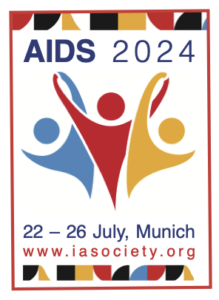New community call to challenge social settings that drive HIV-related stigma
20 July 2024. Related: Conference reports, HIV prevention and transmission, Activism & advocacy, World AIDS 25 Munich 2024.
Simon Collins, HIV i-Base
 On 20 July 2024, a community statement issued just before the AIDS 2024 conference, called for programmes aiming to reduce HIV-related stigma to be focussed on changing social structural concerns, rather than targeting behaviour change in people who are most affected.
On 20 July 2024, a community statement issued just before the AIDS 2024 conference, called for programmes aiming to reduce HIV-related stigma to be focussed on changing social structural concerns, rather than targeting behaviour change in people who are most affected.
Structural factors include various economic, social, political, legal, or organisational settings that are already linked to higher incidence of HIV.
However, the statement also calls for greater funding to people in the key populations that are recognised as having high incidence of HIV compared to the general population.
“Interventions that focus on changing an individual’s behavior will be less effective if a hostile environment or context, which shapes that behavior, is not also changed.”
The press statement is released in relation to the US programme that has funded HIV treatment for millions of people living with HIV globally. It also highlights a related 40-page publication on the framework for defining and achieving human rights for key populations affected by HIV. [2]
Reference
- JOINT STATEMENT Key Populations Communities on PEPFAR’s New Initiative. (20 July 2024).
https://mailchi.mp/gbgmc.org/joint-statement-key-populations-communities-on-pepfars-new-initiative - Global Black Gay Men Connect (GBGMC), Making Rights a Reality: GBGMC’s Roadmap 2024.
https://gbgmc.org/making-rights-a-reality/

